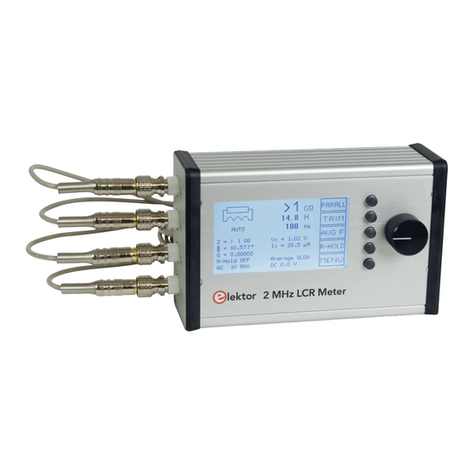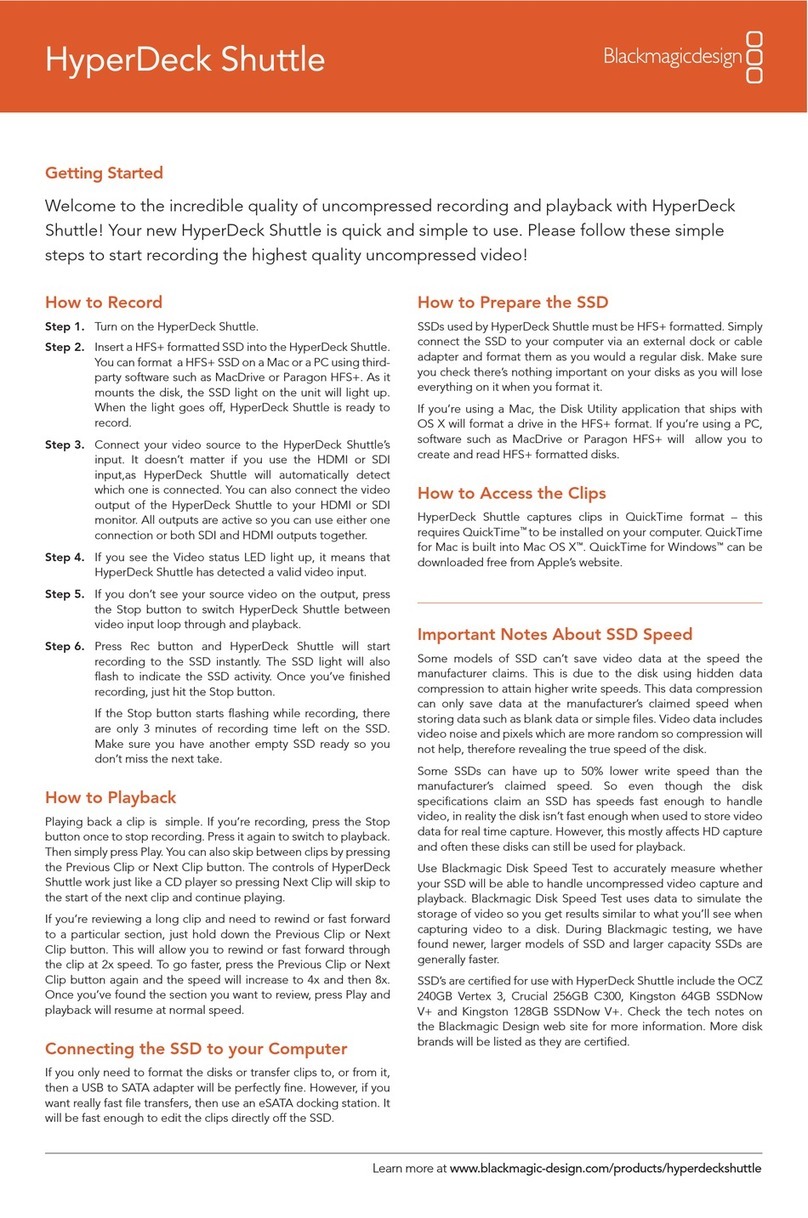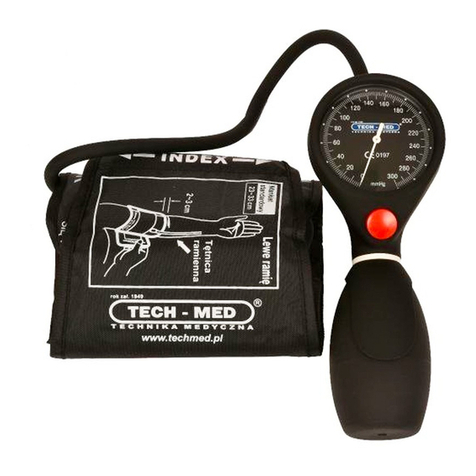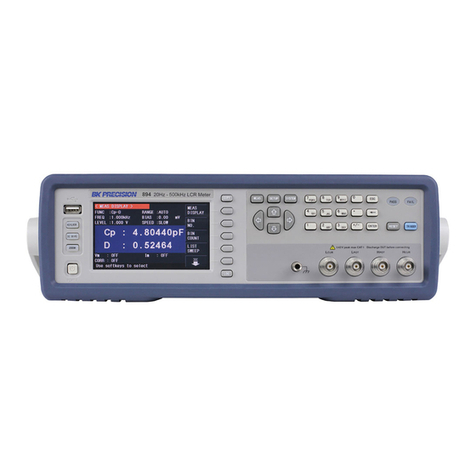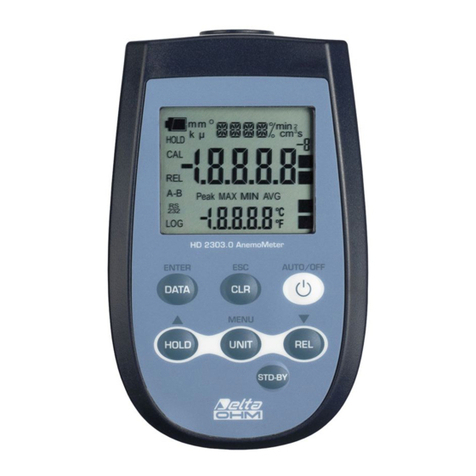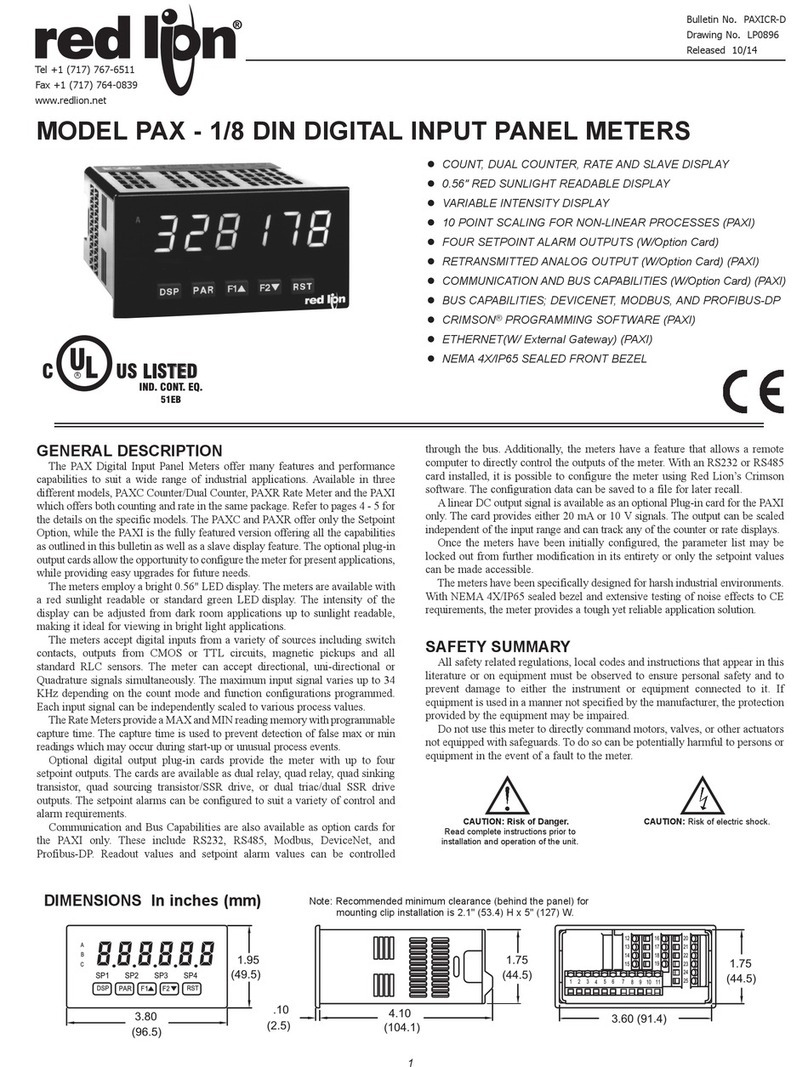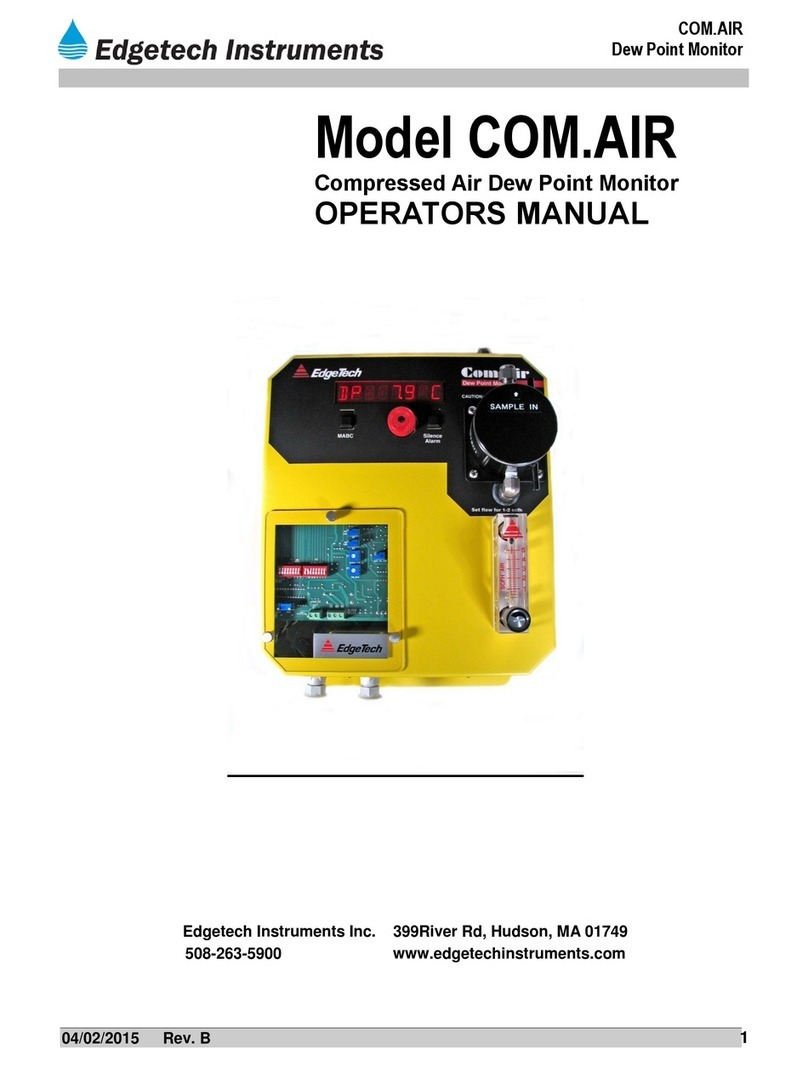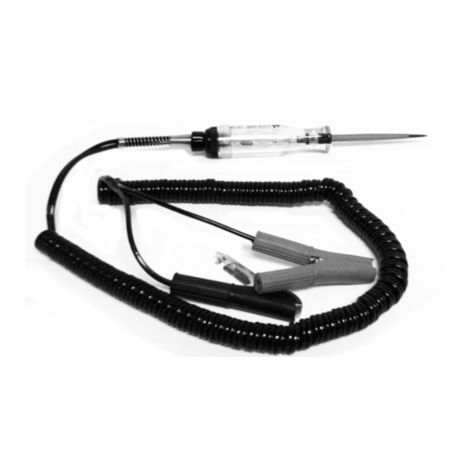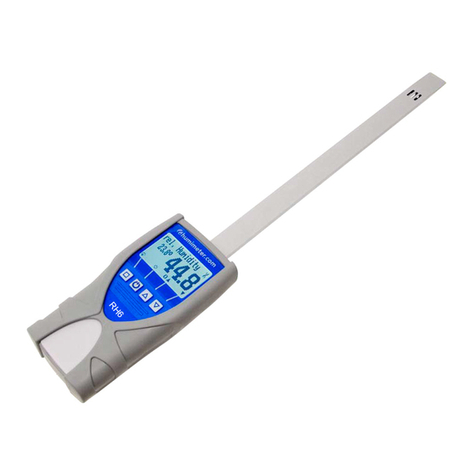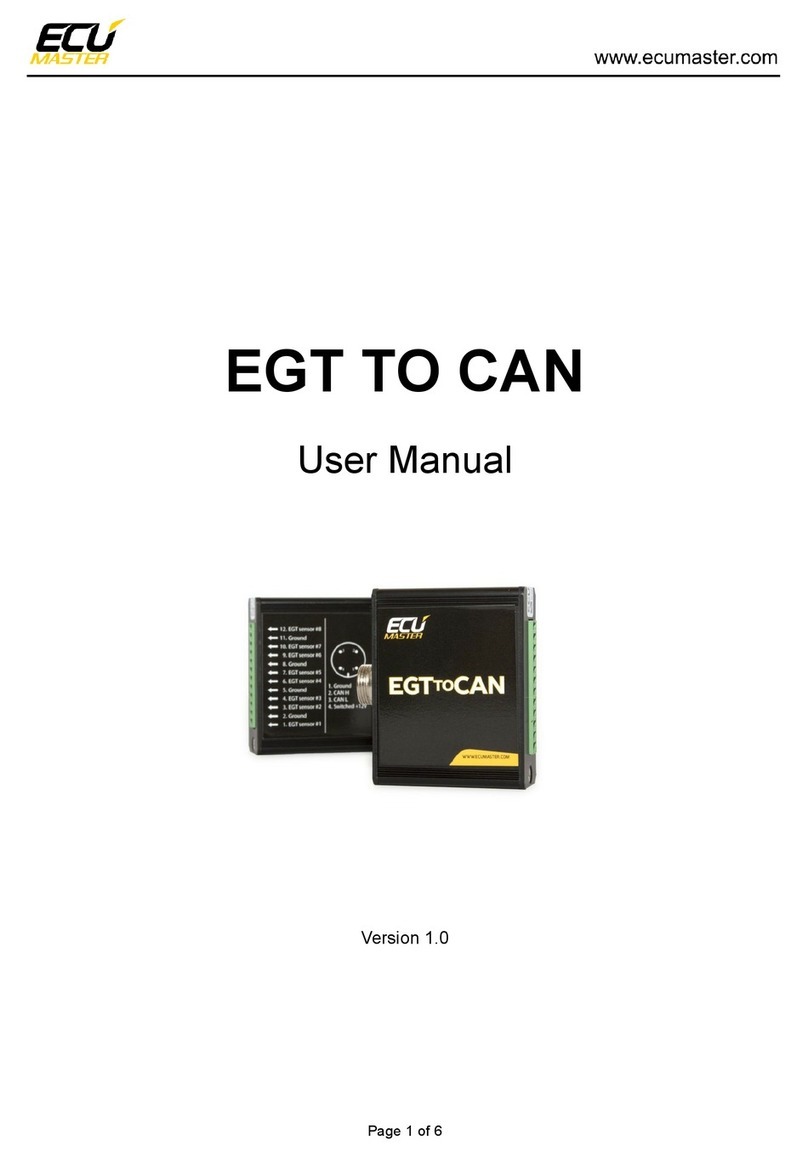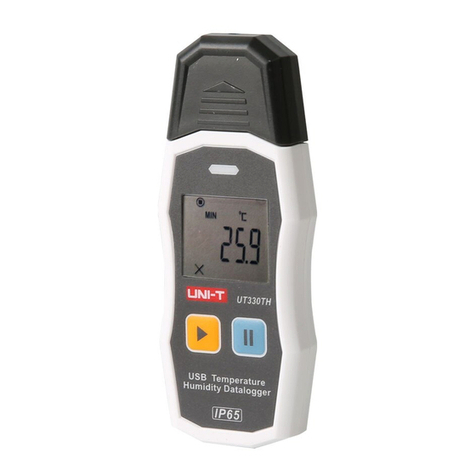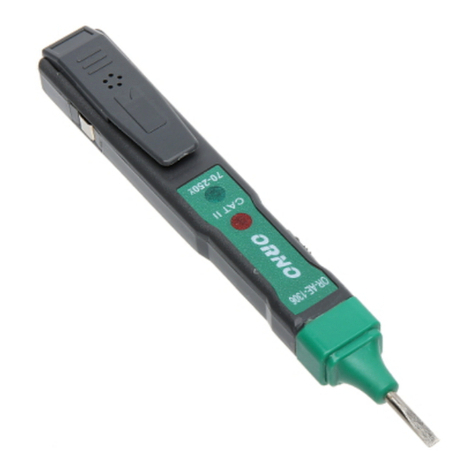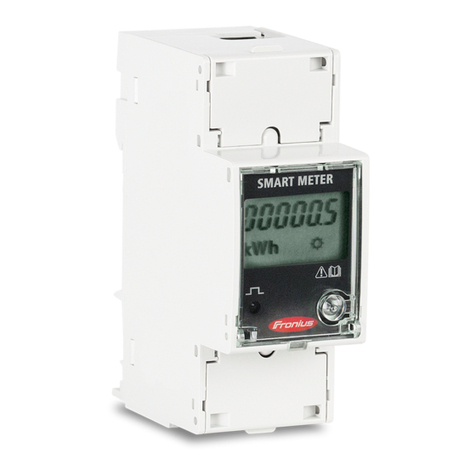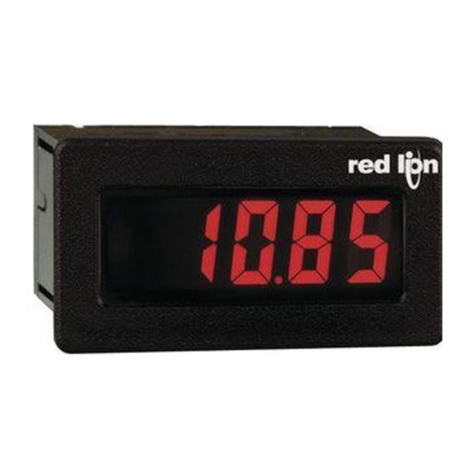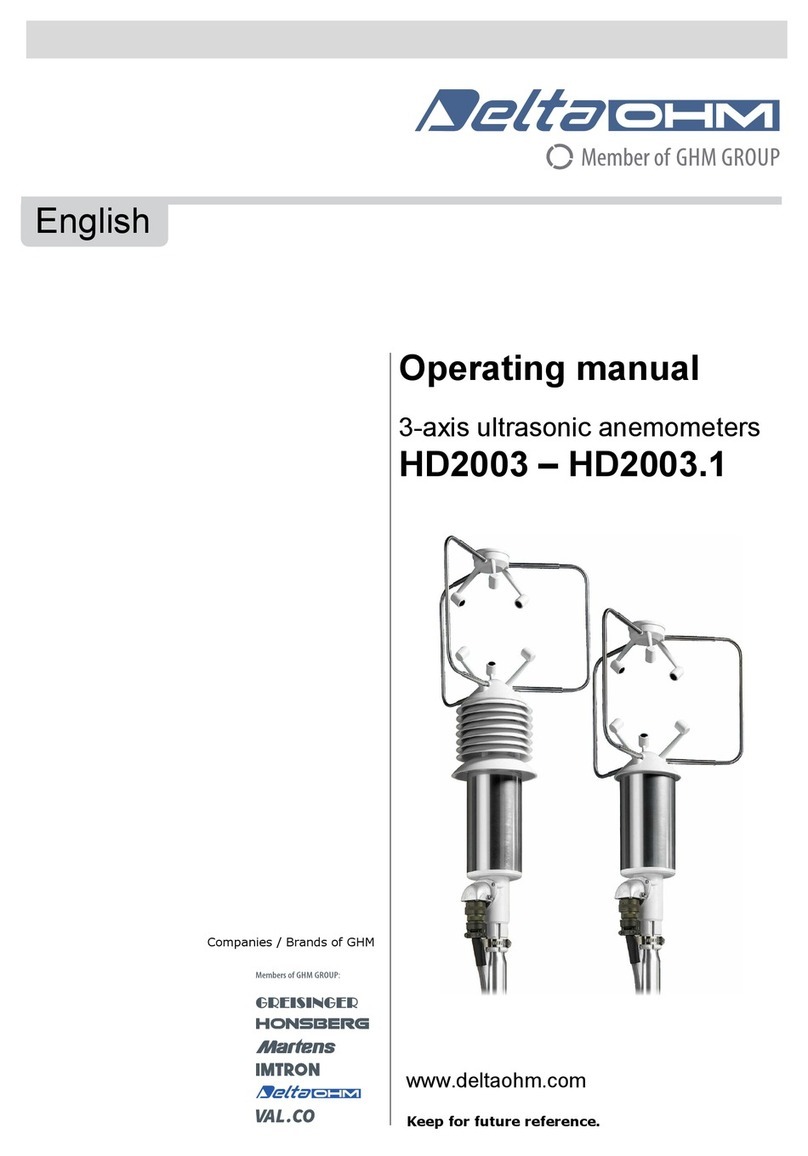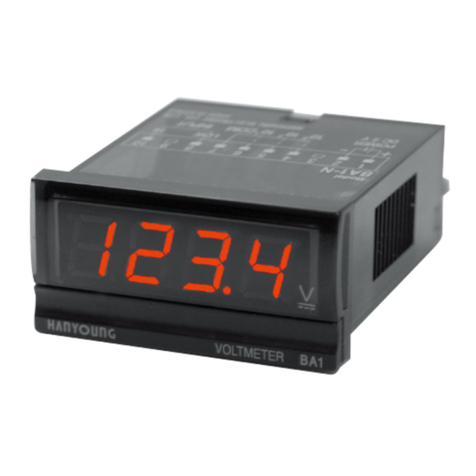Elektor Dual DC LISN User manual

User manual
Dual DC LISN 150 kHz – 200 MHz
Assembly of the KIT
SKU 19869

User manual Dual DC LISN 150 kHz – 200 MHz | Assembly of the KIT
Tools needed
› Flat Nose Pliers
› Small flat-blade screwdriver
› Philips screw driver
› Soldering iron with larger chisel type tip, at least 100 W, plus solder
Contents of the KIT
1x 4-layer PCB 210296 with all SMT parts fitted on top and bottom
1x pre-drilled enclosure with ready-printed front panel layout
5x gold-plated, insulated, 4-mm banana sockets, rated for 24 A, 1 kV
Assembly
Remove the locking washer and nut from both golden SMA connectors.
Carefully slide the PCB into the enclosure. Pay close attention to the
contact fingers soldered to the bottom of the PCB so they don’t get
hooked by the edge of the enclosure and get damaged.
2/5

User manual Dual DC LISN 150 kHz – 200 MHz | Assembly of the KIT
After the SMA connectors are shoved through the corresponding holes
place the locking washers and nuts back on the SMA connectors. Push
the PCB evenly a little downwards while tightening the nuts with some
force.
Now the 5 banana sockets can be inserted into the enclosure. Tightening
the nuts of these sockets is not that easy and takes a bit of fiddling
with a screw driver. Each nut has two notches on opposite sides and
a small screwdriver can be used to turn the nuts around until they are
tight enough. The FASTON tab of each banana socket fits inside the
corresponding slot of the PCB. X2 and X3 are the red sockets, X5 and X6
are the blue sockets and X7 is the yellow/green socket.
Now the 5 FASTON tabs of the banana sockets can be soldered.
When the 5 banana sockets are soldered the lid can be put on the
enclosure and to finish the assembly the 4 Philips screws can be fitted.
The LISN is now ready for use.
3/5

User manual Dual DC LISN 150 kHz – 200 MHz | Assembly of the KIT
Measurement description
The network simulation “Dual DC LISN” is used to measure the conducted
interference emissions of a test object in the frequency range of 150 kHz
up to 200 MHz. The device based on the CISPR 25 / ISO 7637 standard for
automotive electrical systems. It measures the RF interferences on both
channels of such systems by using blocking inductance of 5μH.
The measurement should do in following steps:
› DUT (device under test) and LISN placed on a conducted plane
› ISN inserted between power supply and DUT
› DUT connection should be not more than 50cm and straight above the
plane
› Connect RF output A to analyzer for measuring the dierential mode
noise from positive line or to output B to analyze the negative line
› For measuring the common mode noise additional hardware is needed
Because of strict symmetrical construction to both RF-outputs it is possible
to extract both kinds of distortion DM and CM. There is a need of passive
combiner circuits (e.g. Minicircuits ZSCJ-2-2+ (DM) and ZSC-2-2+ (CM)) to
measure this on a receiver (e.g. Spectran). Other solutions are possible. A
second solution is to use an oscilloscope with dual input and mathematics
(add, FFT). The results are similar to an EMI receiver.
Safety arrangement
In case of using this document and referred information (weblinks at the
end of this document) to build this device for own usage, please keep in
mind to save your own health.
Urgent advice:
› Read all documents.
› Follow the safety instructions and warnings.
› The device is only allowed to use for measurement applications that
are specified. Other usage is forbidden.
Essential safety instructions
1. Please only use in inside rooms. For the power supply refer to the
technical characteristics.
2. The product may only be used by authorized technical sta. The local
or country-specific safety and accident prevention regulations must be
observed for all work.
3. During operation of the product, function-related increased
electromagnetic radiation and near fields can occur. Taking into
account the increased need for protection of unborn life, pregnant
women should be protected by suitable measures. People with
pacemakers can also be at risk from electromagnetic radiation. The
influence of electronic products outside of the operational EMC
environment should be prevented by maintaining an appropriate safety
distance or by using shielded rooms.
4. Products / components must not be operated electrically, mechanically
and / or thermally beyond their intended use.
5. To ensure proper operation, no changes may be made to the device.
6. Do not use the product under conditions in which condensation could
or has occurred in or on the product, e.g. when the product has been
moved from a cold to a warm environment.
7. Please only use neutral detergents for cleaning. Never use alcohol,
benzene or thinner.
4/5

User manual Dual DC LISN 150 kHz – 200 MHz | Assembly of the KIT
Specifications
RF path:
Channels: 2 (with clamping diodes)
Bandwidth: 150 kHz - 200 MHz
Inductance: 5 μH || 50 Ω
Internal attenuation: 10 dB
Connectors: SMA
DC path:
Max. current: < 10 ADC
Max. voltage: < 60 VDC
DC resistance: < 2 x 70 mΩ
PCB size: 94.2 x 57.4 mmS
Connectors: 4 mm banana
Enclosure:
1590N1 Hammond MFG diecast aluminium 121.2 x 65.5 x 39.8 mm
Important
Read following articles and the information on our labs website carefully!
Web Links
Labs website
www.elektormagazine.com/labs/
dual-dc-lisn-for-emc-pre-compliance-testing-210296
First Elektor article
www.elektormagazine.com/magazine/elektor-183/59837
Second Elektor article
www.elektormagazine.com/magazine/elektor-187/59931
5/5
This manual suits for next models
1
Table of contents
Other Elektor Measuring Instrument manuals
